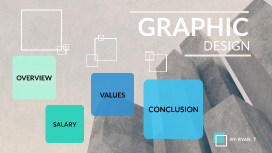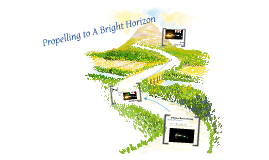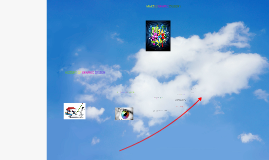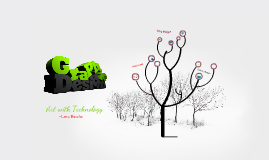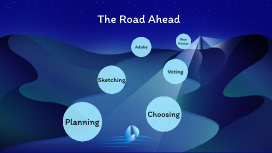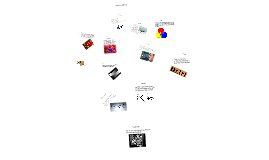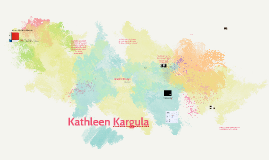Graphic Design presentation
Transcript: The look and feel of things – the aesthetics is still a very fundamental human element. Typography (the selection and sizing of specific typefaces) can convey meaning. For example, a heavy sans-serif font conveys an authority that a thin-stroke scripted font does not. Jeff Smith Piet Mondrian - abstract painting Composition II Red, Blue & Yellow (1930) The absence of presence can be as powerful as the presence of something more concrete. Designs with "negative" space sometimes convey sophistication or refinement. It can provide room for a clean font style of the title, graphic elements, and grouped text. Communication Design Toolkit Shape — Shapes speak to audiences in different ways. Ovals, for example, tend to be welcoming (which is why so many "open" signs are surrounded by them), whereas square shapes present a tidier appearance. Even on the page itself, the ordering of graphic elements into predictable or random patterns contributes to the overall communication effect. Whether you're an illustrator, art director or graphic designer, it's well worth considering the Golden Ratio on any project. References: Graphic design is the science of communication and the art of aesthetics. In its most abstract sense, graphic design emphasizes visual communication using a range of elements and different media to promote a specific message. "The Golden Ratio" (Also known as the "Rule of Thirds") A ratio with the elements of a form, such as height to width, approximating two-thirds (0.618). Influenced by the Golden Ratio (Shaughnessy) Kathleen Kargula Graphic Design Design to make things interesting and memorable, but not complicated. Steve Jobs - Commencement at Stanford University (edited ver.) https://www.makeuseof.com/tag/5-basic-principles-graphic-design-take-granted-everyday/ "Aesthetics are the basis of good design and can not be disregarded." https://www.thoughtco.com/what-is-graphic-design-1697521 Design is to make things clear. Repetition Type — Texture — What is it? Another important design principle is aligning elements in a visual and readable arrangement. Aligning everything in the center of the page is not the only way. It’s important to be consistent in the alignment of elements. When you look at the design and something doesn’t feel right, play around with the alignment and see if the design can be improved. Aesthetic (as a noun) is defined as "a set of principles underlying and guiding the work of a particular artist or artistic movement." Contrast Color — Chavanu, B., https://www.makeuseof.com/tag/5-basic-principles-graphic-design-take-granted-everyday/ Nov. 25, 2014. Accessed Jan. 9, 2018 Isaacson, W., Steve Jobs. Simon & Schuster, 2011. Lidwell, W., Universal Principles of Design. Rockport Publishers, 2003. Miller, E., An Introduction to Graphic Design, 2017 https://www.thoughtco.com/what-is-graphic-design-1697521. Accessed Jan. 8 2018 Shaughnessy, A., How to be a graphic designer, without losing your soul. Princeton Architectural Press, 2010. Steve Jobs - Commencement at Stanford University (edited ver.) YUN, H. Accessed Sept. 24, 2016 https://www.makeuseof.com/tag/5-basic-principles-graphic-design-take-granted-everyday/ Alignment It's a common mathematical ratio found in nature that can be used to create pleasing, natural looking compositions in your design work. Use Graphic Design to Build Your Creative Genius graphic design Graphic Design Principles Just like the use of repetitious hooks in a song, repeating elements in a graphic design can be visually appealing. Colors and their juxtaposition directly influence the audience's emotional engagement with a designed piece. Key Design Principle: Paul Rand Noun | Updated on: 21 Dec 2017 Definition of graphic design: the art or profession of using design elements (such as typography and images) to convey information or create an effect; also : a product of this art Contrast between design elements can make a presentation stand out and get noticed. Adding color contrast makes the design pop, and it draws attention to important parts of the presentation and message. "The design process, at its best, integrates the aspirations of art, science, and culture." Proximity means grouping elements together so that you guide the viewer/reader to different parts of the message. It helps to know design principles for the purposes of customizing an existing design. White Space — Proximity • Type • Shape • Color • Texture • White Space Ink-on-paper gets the job done, but adding non-standard elements like fabric, foil or embossing offer a tactile experience that influences and extends the audience's perception of the design as a whole.






